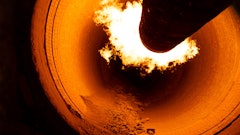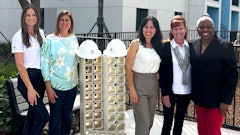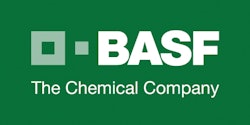
Energy & Green Building Week of the 2012 Building Safety Month campaign kicks off today with a focus on the International Green Construction Code (IgCC), the first model green code for constructing and remodeling buildings. The IgCC will make buildings more efficient and reduce waste. It is expected to have a positive impact on health, safety and community welfare.
“With the new International Green Construction Code, we’re going to see more builders offering energy-efficient packages and upgrades,” said Mike Holmes, trusted contractor, HGTV celebrity and 2012 Honorary Ambassador for Building Safety Month. “We’re going to see more homeowners choosing renovations that will bring their homes to higher performance levels and make them more durable.”
For more than 100 years, building codes in the United States have evolved to incorporate critical safeguards for building occupants based on the most current building science. The IgCC, developed by the International Code Council, will increase the energy-efficiency of structures, while providing direction and oversight of green design and construction.
The IgCC is for communities that want to pursue sustainable construction above and beyond the traditional level of code requirements. It’s the first model code to include sustainability measures for an entire construction project and its site — from design, through construction, certificate of occupancy and beyond. It also establishes minimum green requirements for buildings.
The IgCC provides flexibility by establishing several levels of compliance and offers “jurisdictional requirement” options that can be customized to fit local needs. A jurisdiction can also require higher performance through the use of “project electives.”
Holmes acknowledges that not everyone can afford to buy the latest and greatest in energy-efficient homes and upgrades. So he provides some smart, simple, eco-friendly solutions that deliver positive changes but don’t require a lot of restructuring to make a home more energy-efficient.
- Increase and/or replace old insulation in the attic with one that has a higher R-value (at least 60). Make sure there’s good ventilation in the attic and seal off any areas of heat or energy loss, such as windows and door frames.
- Go for Energy Star-rated appliances whenever possible.
- Install a programmable thermostat that regulates the temperature of your home between day and night, whether you’re home or not.
- Replace older toilets with low-flow ones to save, on average, 30 to 50 percent of the water normally used.
- Install a domestic hot-water recovery system that re-captures heat gathered from hot water used during dishes, showers, etc., and uses it to preheat the water going into the hot water tank.
Building Safety Month, a program of the International Code Council Foundation (ICCF), is marked each year by more than 50,000 International Code Council Members through official ceremonies, community outreach events, demonstration projects and school-based programs. On May 1, President Barack Obama issued a Presidential Proclamation declaring May as National Building Safety Month for the second consecutive year.
This year, Air Movement and Control Association International, Inc. (AMCA) is the presenting sponsor for Building Safety Month. BASF is the sponsor of Energy & Green Building Week.
"BASF is proud to sponsor Building Safety Month's Energy & Green Building week. Educational programming like Building Safety Month is central to our mission: to make energy efficient, sustainable, high-performance homes accessible and affordable," said Mary H. Poma, Manager of Market & Customer Development, Sustainable Construction for BASF.
Learn more about Building Safety Month and download safety information, program suggestions and more at www.buildingsafetymonth.org.
About the International Code Council Foundation
The International Code Council Foundation is a 501(c)3 nonprofit organization whose mission is to promote public awareness of ideas‚ methods and technologies that encourage the construction of safe, durable and sustainable buildings and homes thus reducing the devastating effects of building damages due to natural disasters and other tragedies.
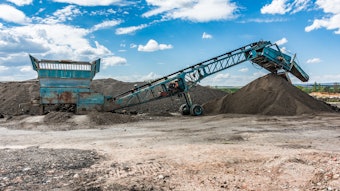
![Img 1707[56]](https://img.forconstructionpros.com/files/base/acbm/fcp/image/2023/04/IMG_1707_56_.6437076c97961.png?auto=format%2Ccompress&fit=crop&h=191&q=70&rect=0%2C462%2C1920%2C1080&w=340)















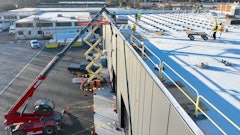
![Glp Porsche 072723 465 64ee42287c29e[1]](https://img.forconstructionpros.com/files/base/acbm/fcp/image/2024/03/GLP_PORSCHE_072723_465.64ee42287c29e_1_.65e88b8589b9c.png?auto=format%2Ccompress&fit=crop&h=135&q=70&rect=0%2C520%2C2250%2C1266&w=240)

